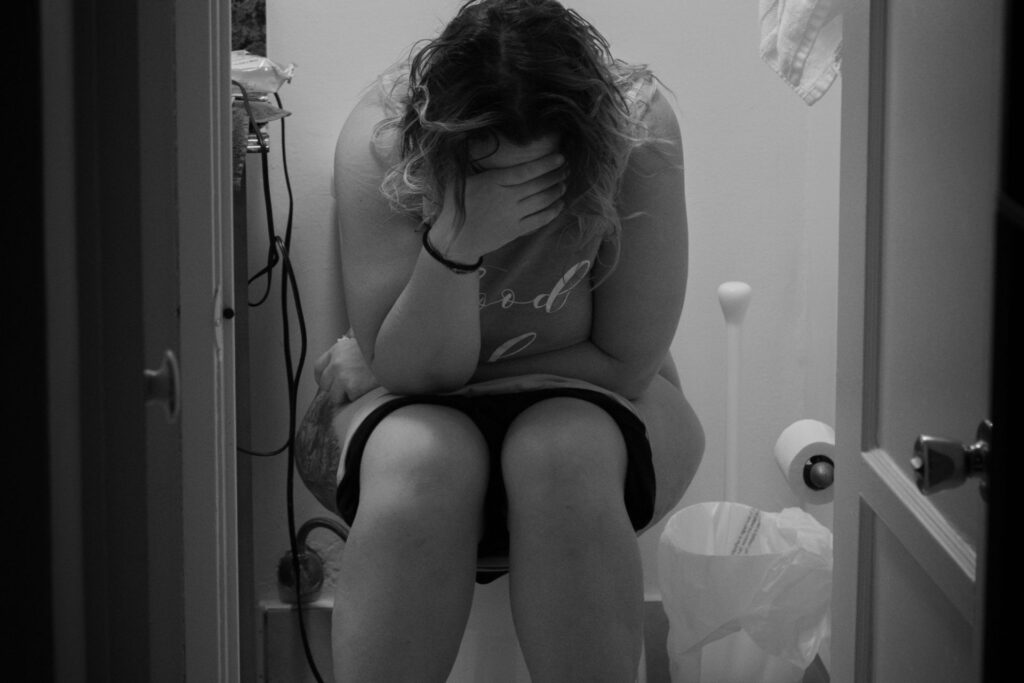Juxtaposed against the Hollywood stereotype of the screaming, begging for drugs, mother-to-be is the quiet, focused, in-control, hypnosisusing, birthing woman. She is doing it her way and doesn't need to roar. HypnoBirthing does not mean the doctor is in front of you, dangling a pocket watch, chanting, “You are getting sleepy.” HypnoBirthing involves visualization, breathing, and relaxation techniques that replace pain medications.
The History
Hypnosis for use in pain management for childbirth has been in practice since obstetrician Dr. Grantly Dick-Read published Childbirth without Fear in 1942. Birthing practices at that time consisted of getting knocked out or, if that was out of your price range, nothing! Dr. Dick-Read felt that childbirth pain should not be a punishment inflicted on women who could not afford the “escape” of anesthesia. He believed that the reason unmedicated women experienced so much pain was because they were afraid of what might happen to them during childbirth and had no idea how to cope with their fears. He observed that fear increased tension in a body, which in turn increased the perception of the level of pain being experienced. His theory of reducing pain by reducing fear and increasing relaxation is the basis for modern hypnosis for birth techniques.
Humans have been performing a form of self-hypnosis since the first one stubbed his toe or burned his hand. When we experience pain it is a natural response for us to “manage” the pain signals to our brain from the site of the injury by distracting ourselves or actively blocking them out until they become dulled. Athletes manage to naturally do this very effectively and we teach our children to develop this skill whenever we “kiss it better” or “cookie away” their bumps and bruises.
Hypnosis takes a basic human survival skill and focuses it towards a targeted goal, in this case, pain management of childbirth. The idea is that this allows you to remain present and in control of your body and mind. You will still experience the sensations of labour, but by being in control of yourself, you will not experience the suffering that comes with fear and tension.
“I felt my body completely relax as soon as my partner began speaking to me from our script” says Jayden, a first-time mother in Toronto, describing the birth of her son as calm and peaceful.
Women who take part in hypnosis or hypnobirthing classes will learn skills that can reduce the severity of childbirth pain, the length of time for active labour, the use of pharmaceutical pain management (epidural, for example) and the postpartum hospital stay.
Lisa, a Toronto mother of two, found that hypnosis really helped her to cope and stay focused throughout her second birth, when her planned home birth suddenly became a hospital birth due to a dangerous rise in her blood pressure. “I used self-hypnosis to keep my mind and body focused on labour and birth while nurses took care of me. In the end, I was still able to have a natural birth, with my own midwife.”
Jennifer Elliott, a HypnoBirthing instructor in Toronto says, “HypnoBirthing gives women profound confidence in natural birth being possible.” Using hypnosis can also be great for partners as it often provides them with a focus for their support. “The partner is given actual jobs to do.”
This low-cost, low-risk method of pain management is gaining favour with women around the world. Most recently, according to the UK’s Daily Mirror, the Duchess of Cambridge, Kate Middleton successfully used hypnobirthing at the royal birth – making hypnosis for birth fit fora (future) king!










